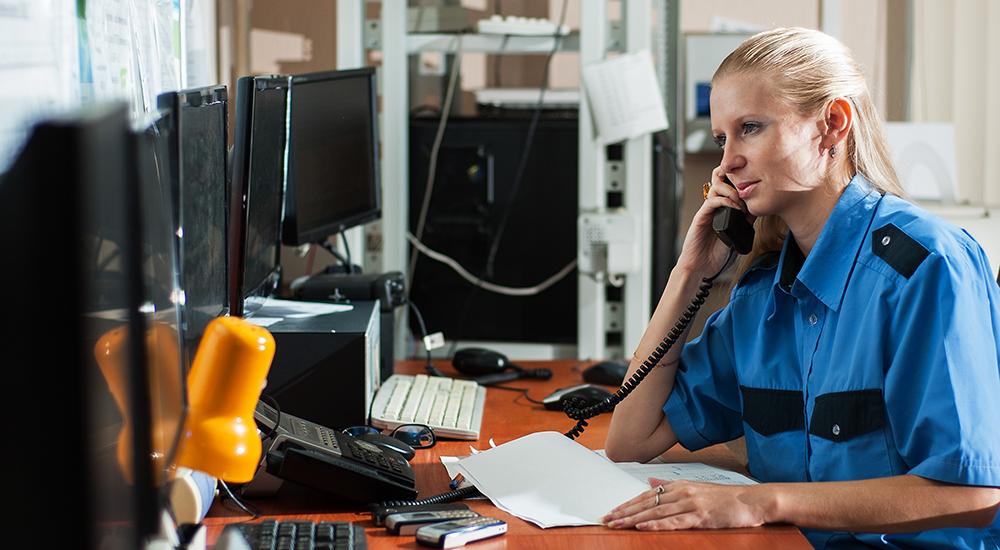A close relative of mine is over 90 years old. About a year ago, in the middle of night, he suddenly fell straight to the floor. There he remained completely unresponsive. Scared and rattled, his wife dialed 911 from the home landline, and proceeded to answer a litany of questions from the emergency operator: Is he breathing? Does he have a pulse? What color is his face?
She was naturally so distressed that she could barely answer the questions. Fortunately, because she called from a wired landline, the operator had access to the home address instantly when she called. Paramedics arrived in a matter of minutes and successfully resuscitated my relative from what had apparently been an unusual seizure.
I am glad that through wired lines, the 911 system can pinpoint our locations and allocate resources quickly in emergencies like this one. But the growing reality of today is that households are cutting the cord, or never establishing a wired home line to begin with. These cordless folks are called cord-nevers, and they rely on mobile devices, data networks and Wi-Fi to make calls and transmit information. It is an inevitable transformation, but are 911 networks ready to handle requests from this rapidly growing segment of the population?
In a recent oped, the Chairman of the Federal Communications Commission brought this oft-neglected issue into the limelight. The American 911 system, he wrote, simply is not prepared for the age of smartphones. And he is right. When 911 operators are responding to an emergency, most do not have the ability to receive mobile data, like text messages, images and videos.
This needs to change, because wirelessly transmitted data, real-time video footage of a medical situation, for example could prove monumentally helpful for both the person dialing 911 and the operator who needs to gather intelligence as fast and accurately as possible.
So, it is clear that the infrastructure of the US 911 system needs an expansive and significant overhaul. That is a challenge that will require contributions from many parts of the telecoms industry. But there are also things we can do in the world of wireless broadband to support emergency communications technology.
First and foremost, we need to help consistent connectivity become the norm in places that are hard to reach, but where accidents happen all the time – a ski resort or a remote rock climbing area, for instance.
As the 911 infrastructure evolves, we must also ensure that networks prioritise emergency caller or emergency data traffic above regular traffic, dedicating resources and proper attention to 911 access. It is an urgent necessity, as instantaneous multimedia transfer could really make or break a medical or criminal emergency situation. The ability to transmit GPS location data to a 911 operator could also curb the need for long searches in the wilderness for people who have gone missing in dead zones.
This idea of a next-generation 911 system will without a doubt gain momentum as we speed through the smartphone era.



